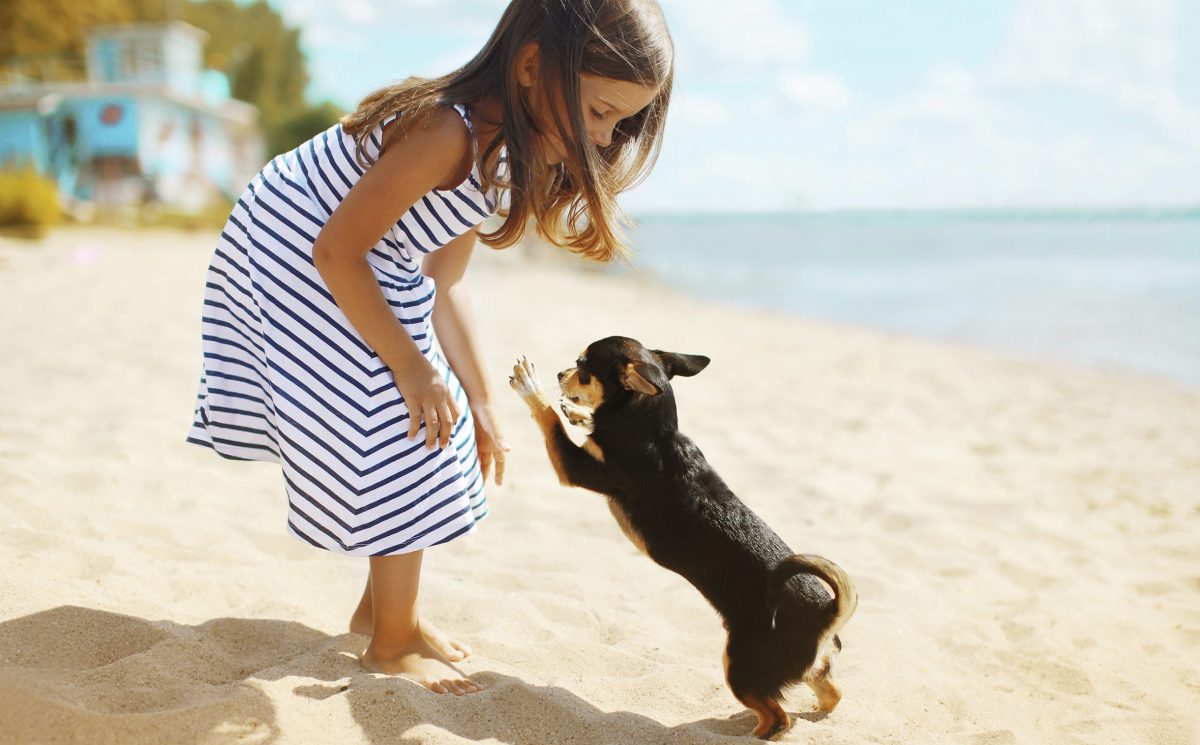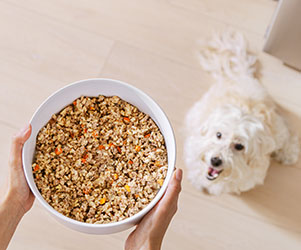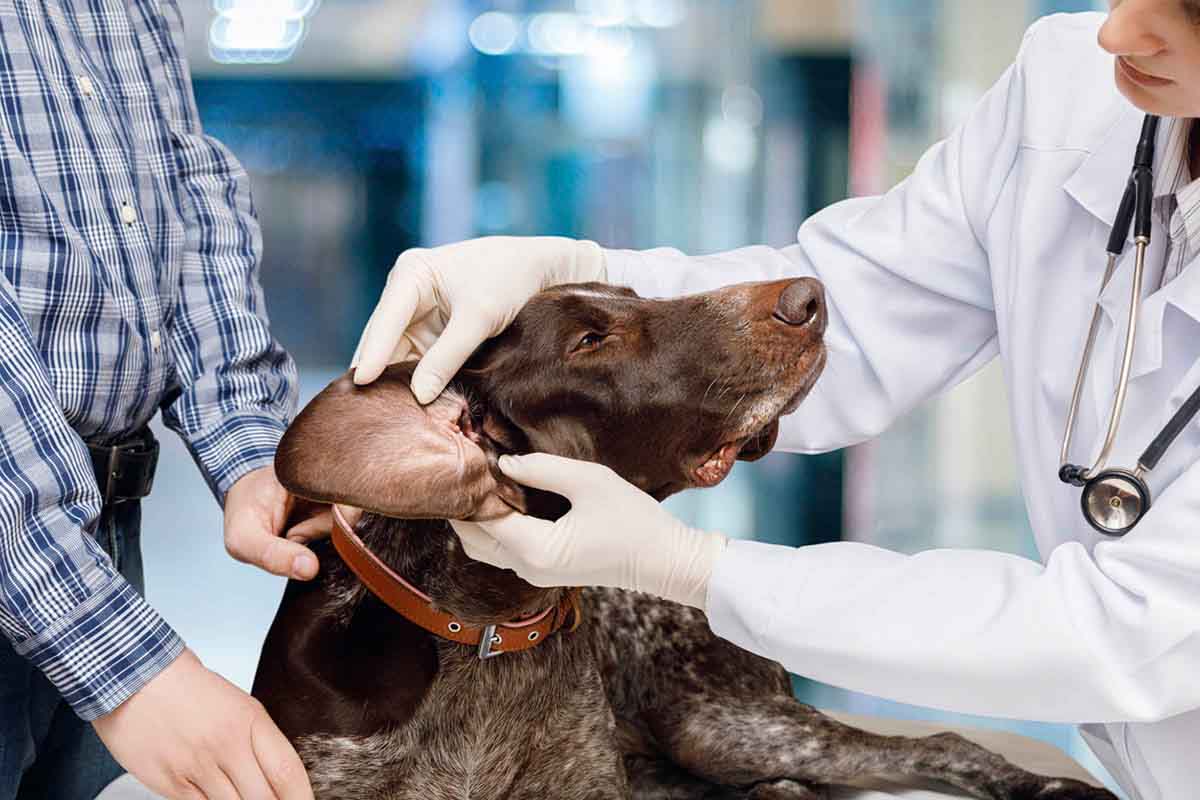How to Keep Dogs Cool in the Summer
Protect your pup with these pro tips on how to keep your dog cool in the summer.
In Southern California, we are used to warm weather year-round. Nevertheless, we do get the occasional heatwave. On especially hot days, it becomes very important to know how to keep our dogs cool since heatstroke can be deadly.
Around the country, dogs get overheated due to the following factors:
- High temperatures and/or high humidity
- Direct sunlight (keep in mind shade “moves” throughout the day)
- Lack of water
- Increase in metabolic activity (exercise)
- Medical or anatomic factors that may increase susceptibility in old or debilitated pets.
Normally, thermoregulation (temperature control in the body) includes the dilation of skin vessels to allow internal heat to come to the surface, shade seeking, and evaporative cooling through sweating or panting.
Heatstroke occurs when heat overwhelms the body’s ability to regulate its own temperature. This can happen in as little as 30 minutes. A dog’s body temperature will increase to over 104.9F (normal is 100-103F), causing widespread thermal damage to all organs. The risk of heat stroke should not be taken lightly. It is much more involved than simply “overheating”.
Signs of Heatstroke in Dogs
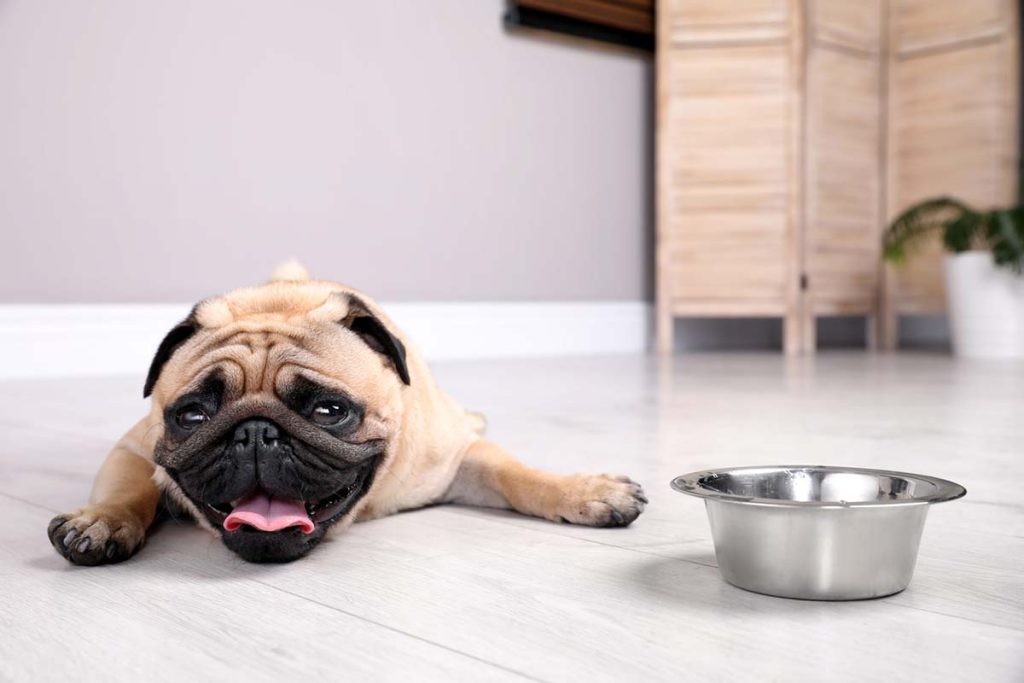
Clinical signs of heatstroke in dogs can be subtle at first, but they will progress very quickly, and sometimes faster than you have a chance to seek help. For this reason, active prevention is recommended.
Early signs of heatstroke include:
- panting
- salivating/drooling
- vomiting
- increased heart rate
- elevated temperature
- bright red gums
If left unchecked, signs will quickly graduate to include:
- pale gums
- shock
- bloody diarrhea/vomit
- altered conscious
- seizure
- dilated pupils
There is also a delayed form of heat stroke, where some animals may not have apparent signs for 3-5 days.
The prognosis of heatstroke, once confirmed, is poor; the mortality rate is 50%. If a death happens, it is usually within 24 hours. Even if the pet recovers, permanent damage can occur.
Dogs receiving treatment within 90 minutes of first signs have the best prognosis, so please do not hesitate in getting your best friend into the vet if you suspect heatstroke.
Breed matters

In the summer months, all dogs are susceptible to overheating, but some dog breeds are truly not built to handle particularly warm days. Brachycephalic breeds like bulldogs, pugs, Boston terriers, and boxers are especially at risk due to lack of airflow.
On hot days in the summertime, keep them indoors as much as possible and always have fresh drinking water available.
How to Treat an Overheated Dog
Treatment for an overheated dog from hot weather includes emergency cooling with fans, air conditioning, stainless steel counters, towels, cool water, and oxygen support. Dogs are usually started on IV fluids for shock and blood pressure, ECG, and fluid rates are monitored. Lab work may be monitored to check for possible complications of heatstroke including clotting problems and organ dysfunction.
How to Keep Dogs Cool in the Summer
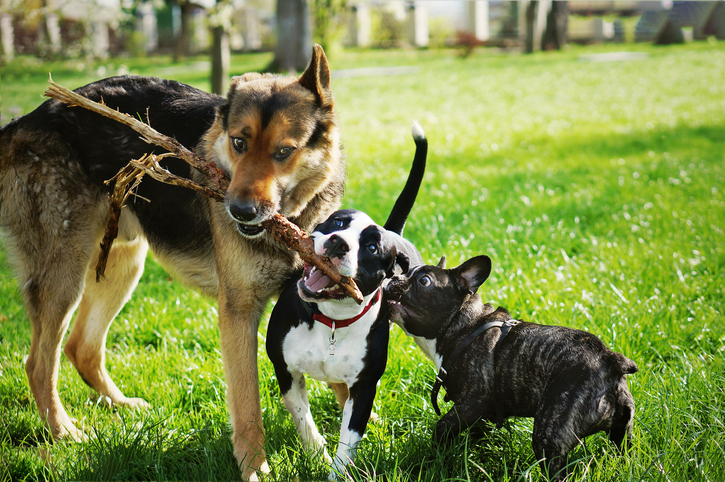
The take-home message is: keep your dog cool to prevent overheating and heatstroke!
Things you can do to keep your dog safe and cool in the summer heat include:
- Always keep your dog’s water bowl full of cold water and easily accessible
- Keep them restricted to shady areas
- Purchase a cooling mat for them to rest on and/or a cooling vest for them to wear
- Restrict walks to the early morning (before 9 a.m.) and after 6 p.m. in order to avoid the hottest parts of the day
- Consider booties to protect your dog’s paw pads from the scorching pavement
- Offer them ice cubes or DIY a healthy frozen dog treat to stuff in a Kong
- NEVER leave them in a hot car
- If your dog likes playing in the water, add a sprinkler or paddling pool to your yard
- It bears repeating: enough fresh water!
To keep your dog cool in the summer, always be prepared. By taking preventative measures your furry friend will thank you in the long run.
